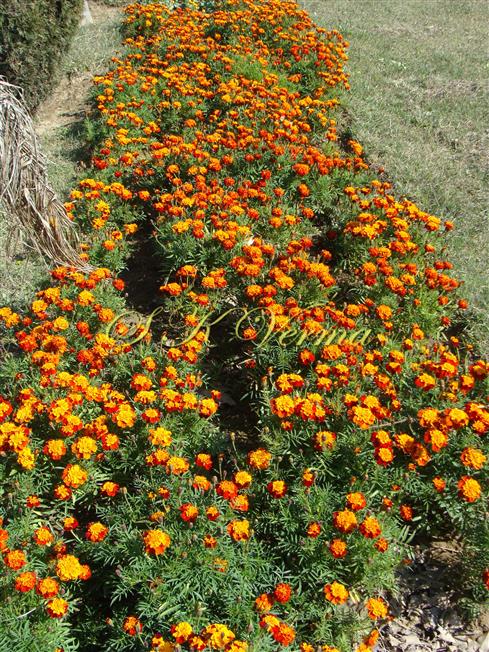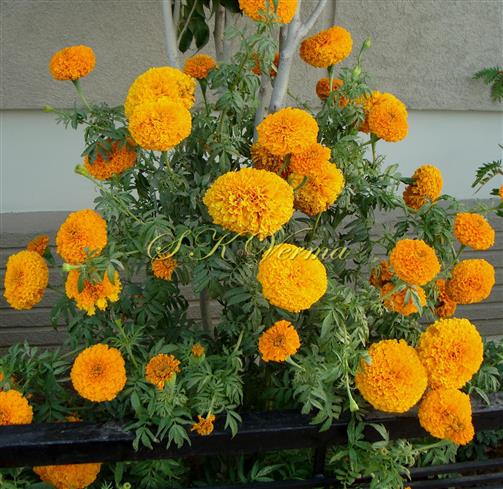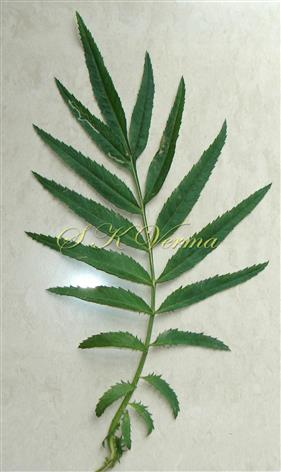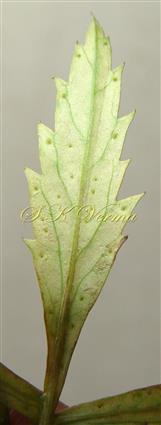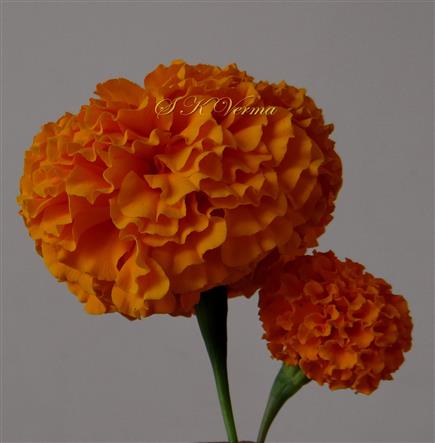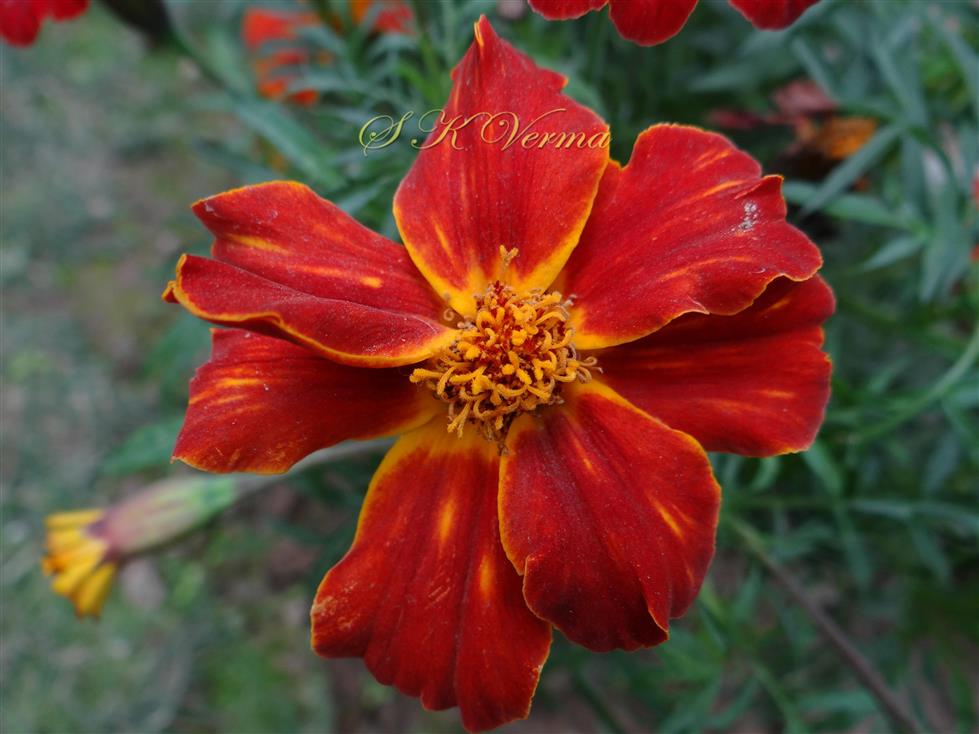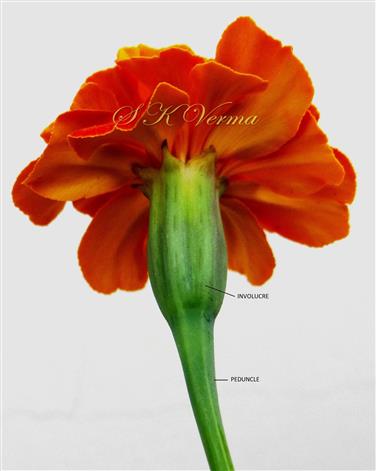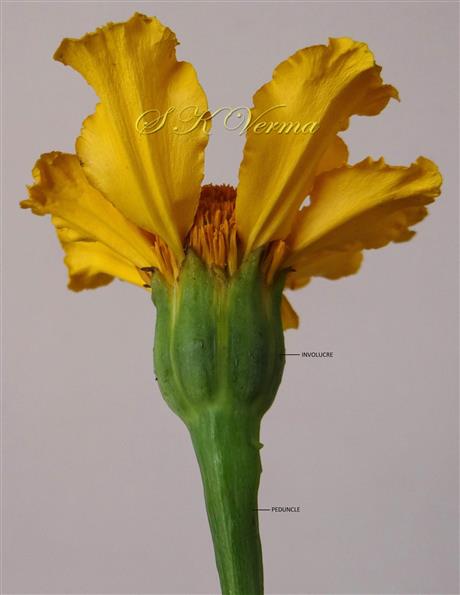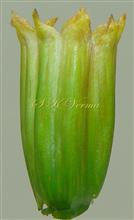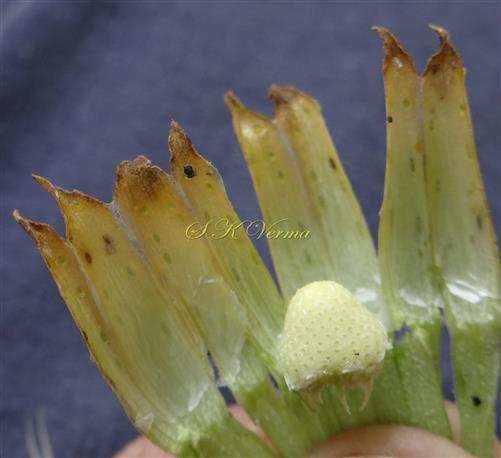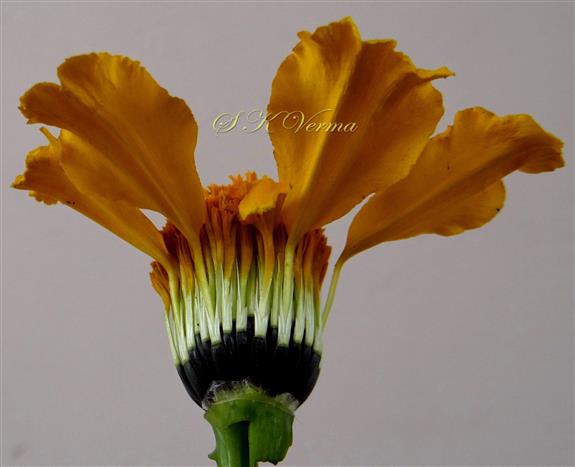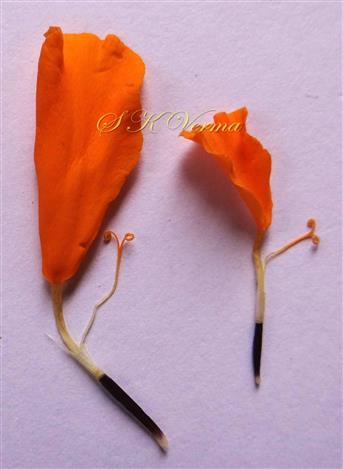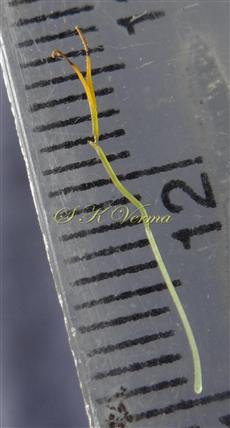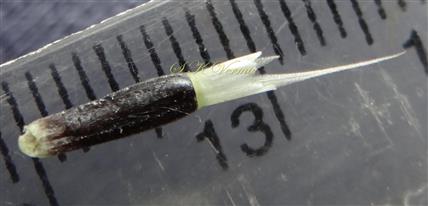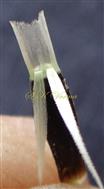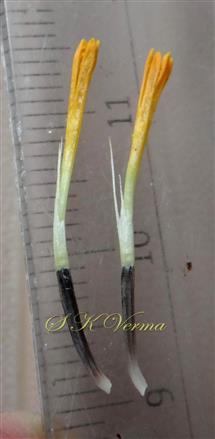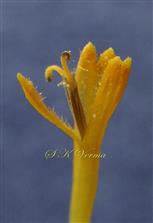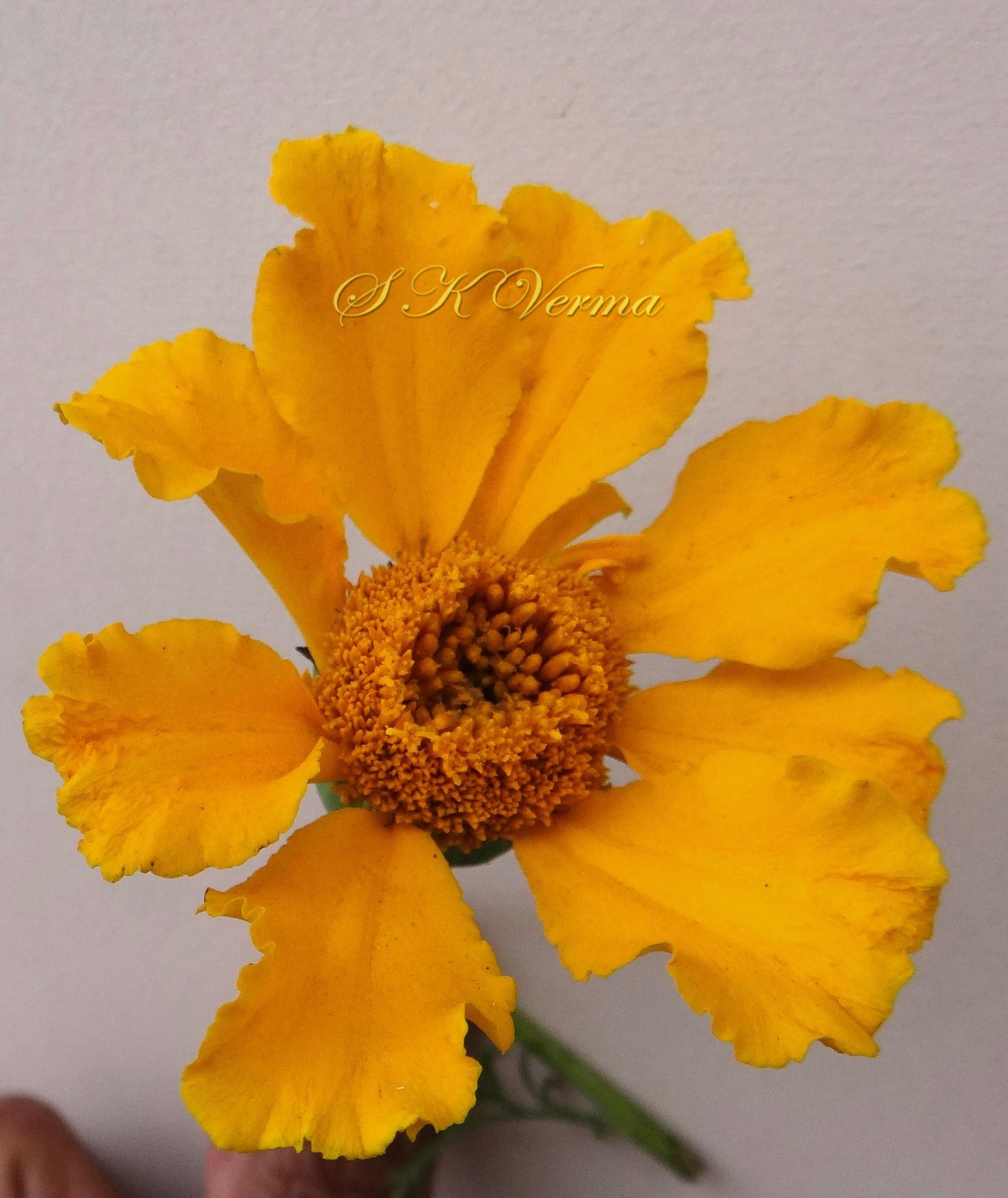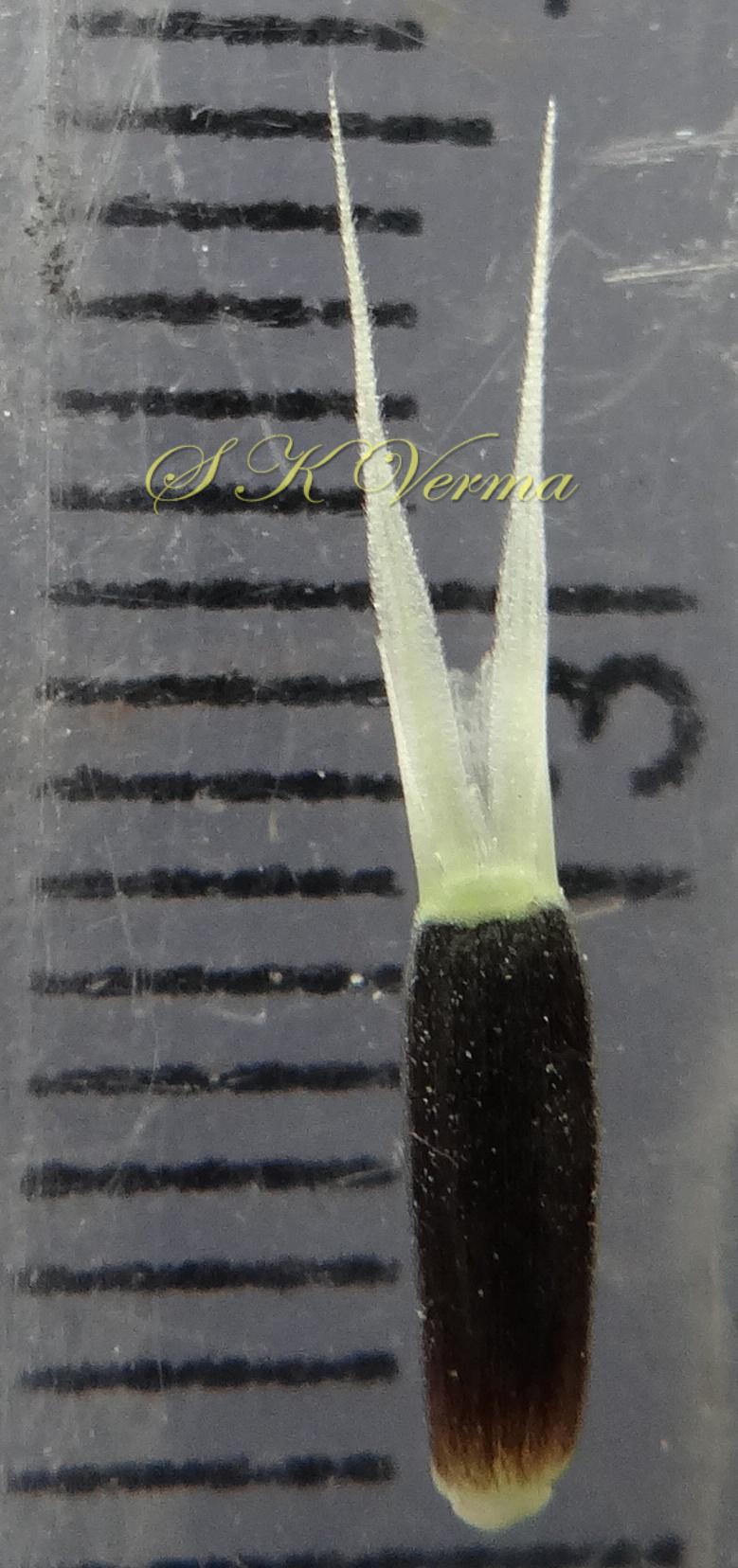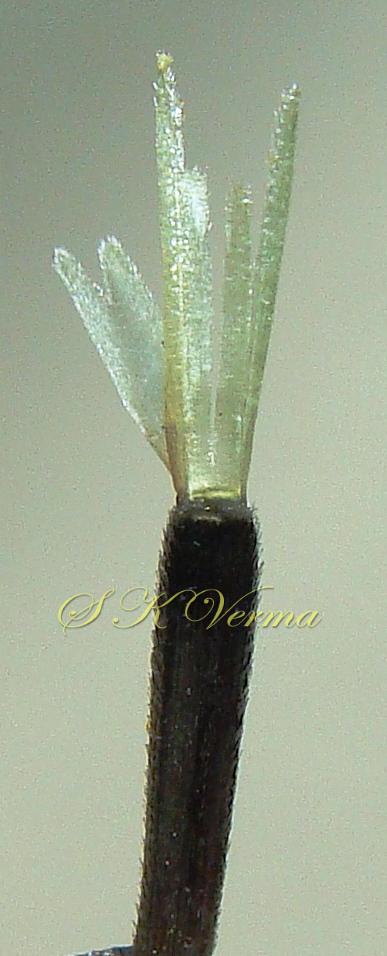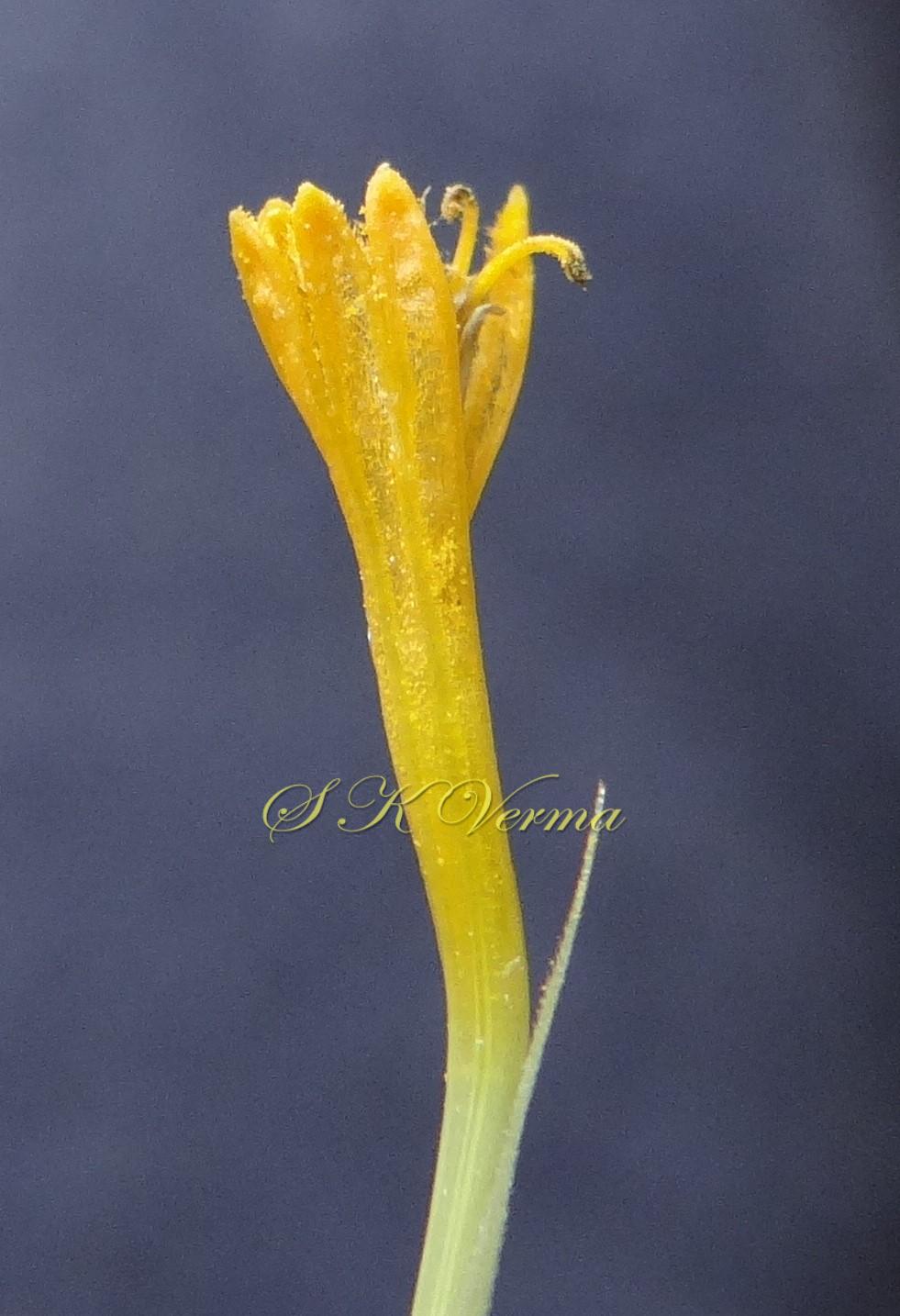TAGETES
Tagetes
L., Sp. Pl. 2: 887. 1753; Gen. Pl. ed. 5, 378. 1754; Fl. China @ eFloras.org 20-21: 854; Strother, Fl. North Amer. @ eFloras.org 21: 235.
Annual or perennial herbs, subshrubs or shrubs. Stem erect, branched distally or throughout. Leaves cauline, mostly opposite, distally sometimes alternate, petiolate or sessile; leaf blades mostly lanceolate to oblanceolate in outline, pinnately 1-3-lobed or pinnatisect, ultimate margin toothed or entire, both surfaces glabrous or hairy, oil glands scattered and/ or submarginal. Capitula radiate or discoid, borne singly or in corymbiform arrays. Calyculi absent. Involucres narrowly cylindric, fusiform, turbinate or broadly campanulate, 1-12+ mm in diameter. Phyllaries persistent, 3-21+ in 1 or 2 series, connate to most part of their length, usually stretched and/ or dotted with oil glands. Receptacle convex to conical, smooth or finely pitted, epaleate. Ray florets: 0 or 1-8(-13+, to 100+ in double cultivars), pistillate, fertile (except double cultivars). Corolla yellow or orange, red-brown (with or without yellow/ orange) or white. Ovary compressed, oblong, style slender, stigma bifid. Disc florets: 6-120+, bisexual, fertile. Corolla greenish yellow to orange, sometimes tipped with red or red-brown; tubes much longer than or +/- equalling funnelform throats; lobes 5, deltate to linear-lanceolate, lobes equal or 2 sinuses deeper than others. Cypselae narrowly obpyramidal or fusiform-terete, sometimes weakly flattened, glabrous or hairy. Pappus persistent, of 2-5(-10) dissimilar, distinct or connate 1-seriate scales: 0-5+, oblong to lanceolate, erose-truncate or laciniate, 0-2(-5) longer, subulate to aristate.
49 species
Tagetes erecta
Tagetes erecta
L., Sp. Pl. 2: 887. 1753; Fl. China @ eFloras.org 20-21: 854; Fl. North Amer. @ eFloras.org 21: 236; Rao in Hajra et al., Fl. India 13: 327. 1995; keralaplants.in; Tagetes patula L., Sp. Pl. 2: 887. 1753.
Annual herb, up to 1.2 m long. Stem erect, branched, angular, glabrous. Leaves cauline, mostly opposite, distally alternate, nearly sessile; leaf blade imparipinnate or imparipinnatisect, up to 26 cm x 16 cm, principal leaflets 9-25, alternate or subopposite, lanceolate to linear-lanceolate, 1.5-6(-8.5) cm x 0.3-0.8(-1.5) cm, apex acute to acuminate, margin serrate and base attenuate, glabrous, glands scattered. Capitula borne singly on 3-10 cm long peduncles; capitula 4-10 cm diameter, radiate, discoid or ligulate. Involucre turbinate or campanulate, 1-2 cm x 5-12+ mm; phyllaries usually 8, in 1 series, connate to most part of their length, dotted with glands, green, glabrous, persistent. Receptacle hemispheric or bluntly conic, finely pitted, epaleate, glabrous. Ray florets: 8-13(-100+ in double cultivars), pistillate, fertile (except in double cultivars). Corollas yellow, orange, red-brown or mixing of these colours; tube 1-1.4 cm long, narrow, slender; limb obovate, 2-3 cm x 0.9-2.1 cm, apex truncate, irregularly lobed or emarginate, margin entire or sinuate. Stamens 0. Ovary slightly flat, oblong; style +/- equal to corolla tube, 2-branched at apex. Disc florets: Numerous, 50-120+, bisexual, 2-2.8 cm long. Corollas greenish yellow, 1.5-2 cm long; tube +/- equal to tubular-funnelform throats; lobes 5, equal, 2-2.5 mm x 0.7 mm, linear-lanceolate, pilose inside. Stamens 5, epipetalous, synantherous. Pistil as in ray florets. Cypselae 6-10 mm long, oblong, flat, black, hairy. Pappus persistent, 5(or 6); 1-2 +/- subulate-aristate scales, 8-10 mm long; 3-4 free or connate, linear-oblong, erose-truncate scales, 3-5 mm long.
Common Names: : African Marigold, French Marigold, Marigold, Aztec Marigold, Big Marigold, American Marigold; Gainda , Gaindi (Hindi)
